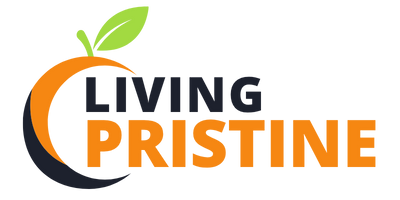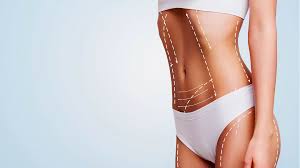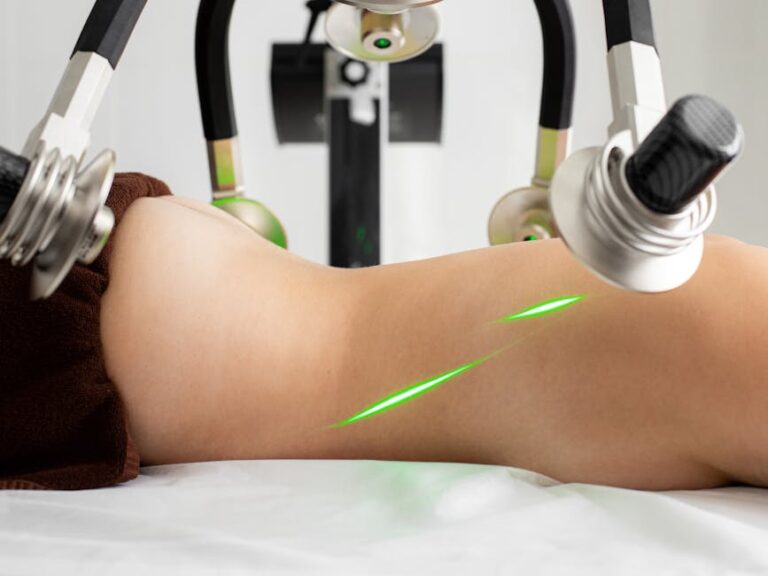The Pros and Cons of Tummy Tucks for a Slimmer Silhouette

Tummy tucks address excess skin and fat in the abdominal area while tightening weakened or separated muscles. Understanding both the benefits and drawbacks of this procedure allows individuals to make informed decisions about their cosmetic surgery options. The decision to undergo abdominoplasty involves multiple factors, including risks and outcomes, highlighting the necessity of consulting a medical professional.
What Is a Tummy Tuck?
A tummy tuck involves the surgical removal of excess skin and fat from the middle and lower abdomen. Surgeons perform different types of tummy tucks based on individual needs. A full tuck addresses the entire abdominal area from the ribcage to the pubic area. A mini tuck focuses on the area below the navel and requires a smaller incision. Extended tucks include the removal of excess skin from the flanks and back area.
The procedure begins with an incision made horizontally between the pubic hairline and navel. A surgeon separates the skin from the abdominal wall and removes excess fat and skin. The remaining skin is then repositioned and sutured into place. Candidates for tummy tucks typically include individuals who have experienced significant weight loss, women after pregnancy, or those with excess abdominal skin due to aging.
What Are the Pros?
Tummy tucks offer several potential benefits for appropriate candidates. A primary advantage involves the dramatic improvement in abdominal contour and overall body silhouette. The procedure can create a flatter, more toned appearance that may not be achievable through diet and exercise alone.
The surgery addresses multiple aesthetic concerns simultaneously. Beyond removing excess skin, the procedure may eliminate stretch marks located on the portion of skin slated for removal. Long-lasting results represent another significant benefit. Unlike non-surgical treatments that may require repeated sessions, a properly performed tuck provides permanent removal of excess skin and fat.
The procedure can also provide functional benefits. Some patients may experience relief from back pain caused by weakened abdominal muscles. Surgical precision allows for customized results. Experienced surgeons can tailor the procedure to address specific concerns and achieve proportional, natural-looking outcomes that complement the patient’s overall body structure.
What Are the Cons?
Tummy tucks also present several potential drawbacks and risks that require careful deliberation. As with any surgical procedure, complications can occur, including infection, bleeding, and poor wound healing. Some patients may experience numbness or changes in skin sensation.
Scarring represents an inevitable consequence of the procedure. The incision creates a permanent scar that, while typically placed low on the abdomen to be concealed by underwear or swimwear, remains visible. Scar quality varies among individuals, and some may develop thick, raised, or discolored scars.
The recovery period requires significant time and lifestyle adjustments. Patients may need up to four weeks off work and must avoid strenuous activities. The healing process can be uncomfortable, requiring pain medication and limiting daily activities.
Weight fluctuations after surgery may compromise results. Significant weight gain or loss can alter the surgical outcome, potentially requiring revision procedures. Pregnancy after a tuck can also reverse the benefits. The procedure cannot address all body contouring concerns, and individual healing patterns can affect final outcomes.
Consult a Cosmetic Specialist
Tummy tucks offer significant potential benefits for appropriate candidates, including improved body contour and long-lasting results. The procedure can effectively address excess skin, fat, and muscle separation that may not respond to conservative treatments. Consulting with a board-certified plastic surgeon provides the best pathway for evaluating candidacy and understanding realistic expectations. A qualified surgeon may assess individual anatomy, discuss goals, and explain the specific risks and benefits based on personal circumstances.
- What to Expect When Visiting a Foot and Ankle Specialist
- Causes of PTSD
- The Link Between Plantar Fasciitis and Weight Gain: What You Need to Know
- How Pet Ownership Can Positively Impact Life with Fibromyalgia
- The Importance of Stretching and Flexibility in Sports Medicine
Dr. Emma Green is a health and wellness expert with over 10 years of experience in nutrition and fitness. Passionate about helping others live their healthiest lives, Dr. Green shares practical advice on wellness, nutrition, and sustainable living through LivingSpristine.






